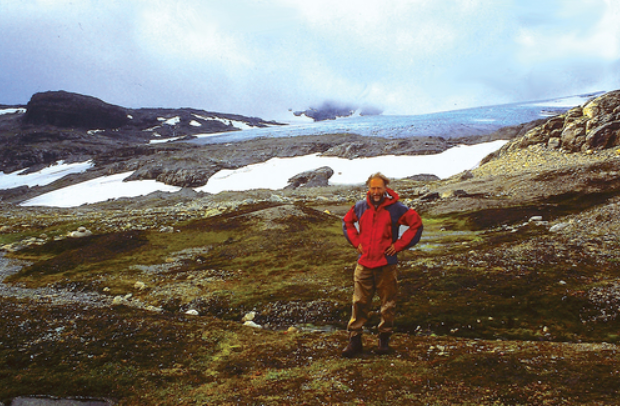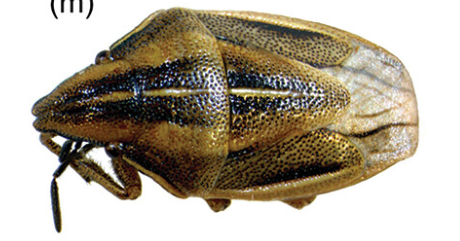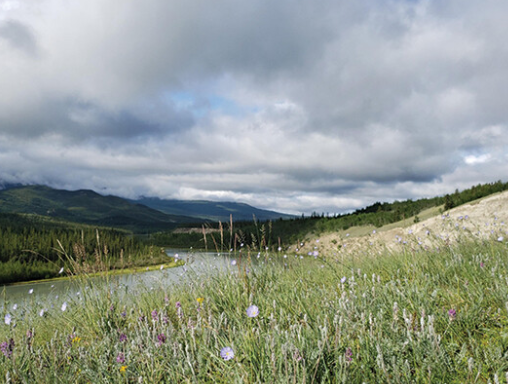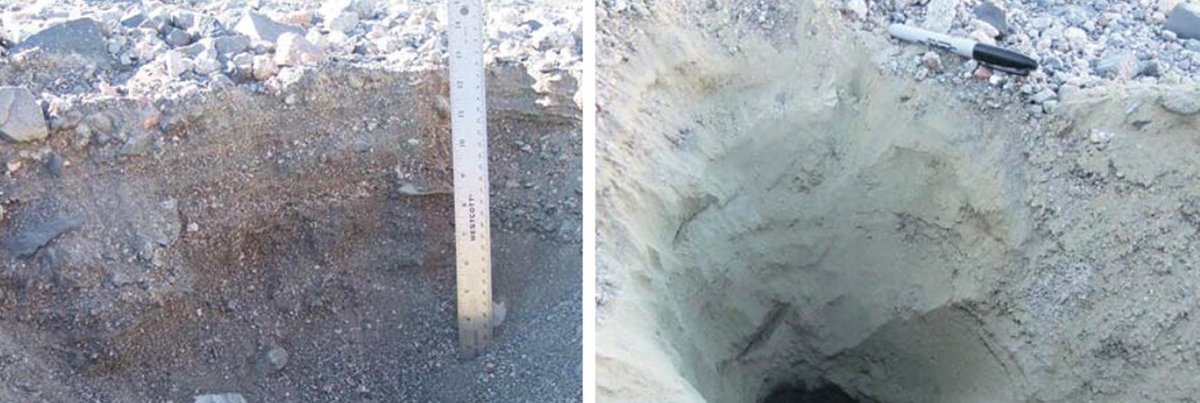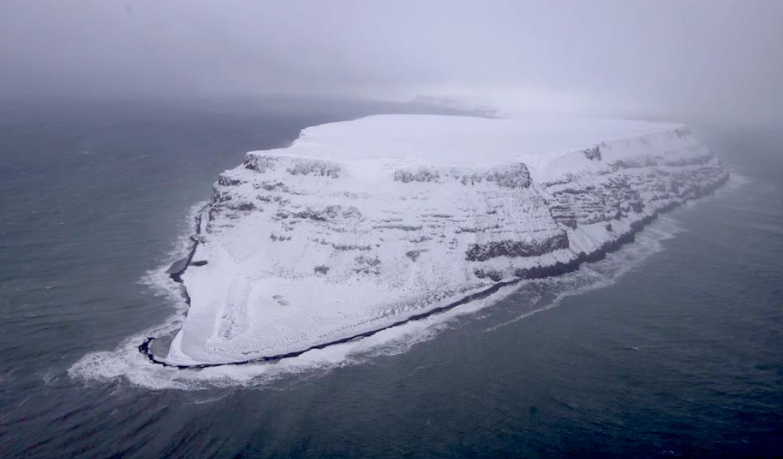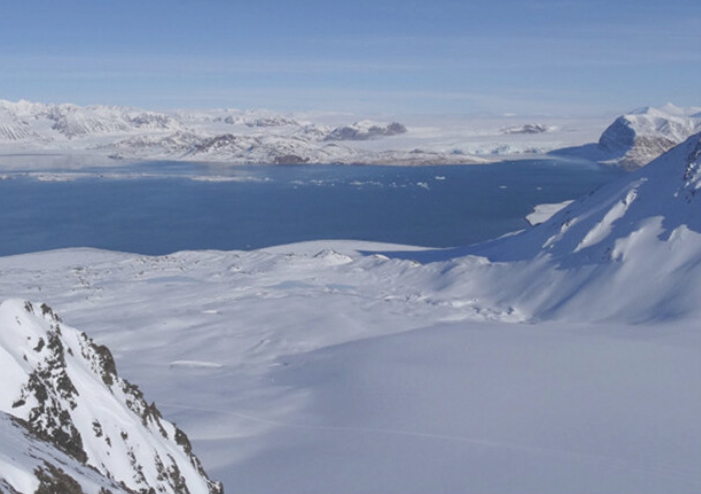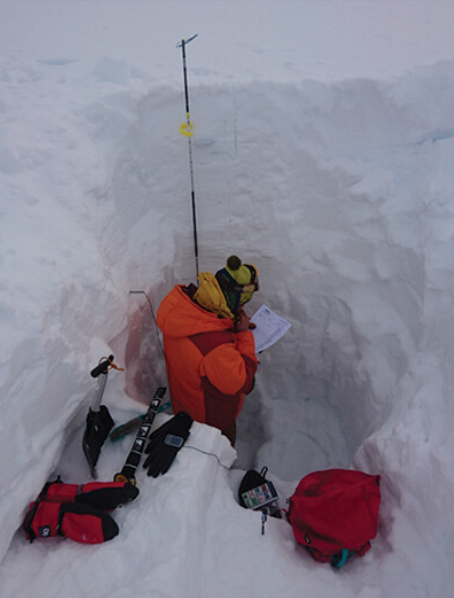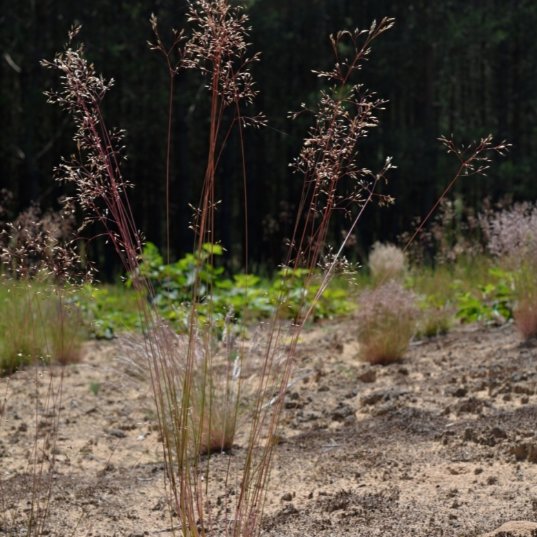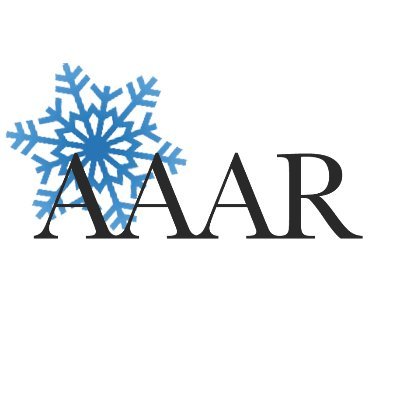
Arctic, Antarctic, and Alpine Research
@arctic_alpine
Followers
215
Following
264
Media
108
Statuses
192
Arctic, Antarctic, and Alpine Research is an #OpenAccess international, scientific journal publishing multidisciplinary environmental research on cold regions.
CU Boulder, Colorado
Joined September 2010
In Magnusson et al's #newarticle, virgin land near a Norwegian melting glacier was rapidly colonized by soil-living Nematoda & larvae of Chironomidae midges & other Diptera. They show how these groups contribute significantly to establish an ecosystem:
0
0
1
In March 1912, Captain Robert Scott & his remaining men perished in a blizzard on the Ross Ice Shelf on their return journey from the South Pole. In a #newarticle, M. Zinkova explores the weather conditions that made this unusual Final Blizzard possible:
0
1
3
Kuzmina’s #newarticle for our special collection on Beringian Environments presents a thorough study of the fossil insect fauna of Beringia, contributing to our knowledge of the unique Pleistocene steppe-tundra biota of both Western and Eastern Beringia:
0
0
2
Microplastics (MPs) studies in Antarctica are scarce, especially in top predators like marine mammals. Santillán et al.’s #newarticle fills this gap by evaluating the occurrence of MPs in Antarctic seals and penguins in Admiralty Bay, King George Island:
0
0
2
Tuomaala et al.’s #newarticle on soil profiles collected from subarctic Greenland shows two landscape regime shifts: organic soils were recently established on mineral soil & Sphagnum moss is overtaking tundra communities:
0
1
1
An anomalous warm weather event in the Antarctic McMurdo Dry Valleys in March 2022 caused unseasonal melt within Taylor Valley. Snyder et al.’s #newarticle explores the effect of this event on soil biota communities most sensitive to freeze-thaw stress:
0
1
1
#newarticle by Stringer (@sedsstringer) et al. offers a new data set of land cover of major deglaciated sites in West Antarctica, highlighting a spatial pattern where northern sites have more vegetation & active sediments and have changed more rapidly:
0
1
2
RT @SedsStringer: Delighted to see our latest paper published in @arctic_alpine. I started on this research on the first day of my PhD (bac….
tandfonline.com
Land cover information is essential for understanding Earth surface processes and ecosystems. Here, we use K-means clustering to classify Landsat 8 Operational Land Imager (OLI) images covering six...
0
3
0
#newarticle Swanger et al investigate the origin & structure of a buried dead ice mass in Taylor Valley. Taylor Glacier retreated from its marine isotope stage 5e (~125 ka) max. to its present level or lower by ~62 ka but possibly as early as ~81 to 94 ka:
0
0
1
Did you know we’re on BlueSky? You can also find new research & other journal updates there – give us a follow: @aaarjournal.bsky.social.#environmentalsciences #newarticle #academicpublishing #INSTAAR
0
0
1
#newarticle by Terekhov et al. examines 4 ice caps of the remote Bennett Island using archived in situ data & calculation of the recent geodetic mass balance. It shows that the mass loss of the island’s glaciation sped up significantly since the 2000s:
0
0
2
Simultaneous heatwaves occurred in March 2022 in both Antarctic & Arctic regions. In a #newarticle, Bernard & Friedt investigate the impact of this extreme weather event from the perspective of a North-facing polar glacier in Norway’s Brøgger peninsula:
0
0
1
Charles et al’s #newarticle studies how plant-soil relationships change with glacier retreat & finds that after 140 years of glacier retreat, soil pH becomes very acidic & plant competition leads to a shift from herbaceous communities to coniferous forest:
0
0
3
#newarticle by Rue & McKnight leverages established & contemporary techniques for characterizing dissolved organic matter (DOM) to provide new knowledge into the diversity & structure of DOM under contrasting biogeochemical conditions in an Antarctic lake:
0
1
5
#newarticle Kytöviita & Francini show that plasticity of root fungal symbiosis contributes to the grazing tolerance in the grass Avenella flexuosa. Urea deposition is more important than defoliation in triggering grazing responses in mycorrhizal symbiosis:
0
0
1
RT @INSTAAR: 🚨 HYDROLOGIC SCIENCES STUDENT SYMPOSIUM.• Thu-Fri, April 10-11.• @CUBoulder SEEC S372 & online.• Register by April 9.• For gra….
0
1
0
#newarticle by Stewart & Aastrup finds seismic operations in East Greenland left imprints on local vegetation that could still be seen 34 years later & total recovery of the damaged vegetation will most likely not happen within a foreseeable time scale:
0
0
1

